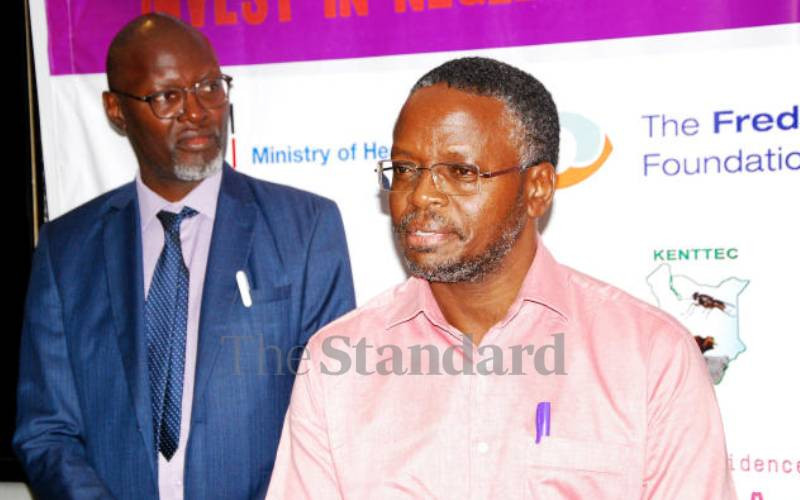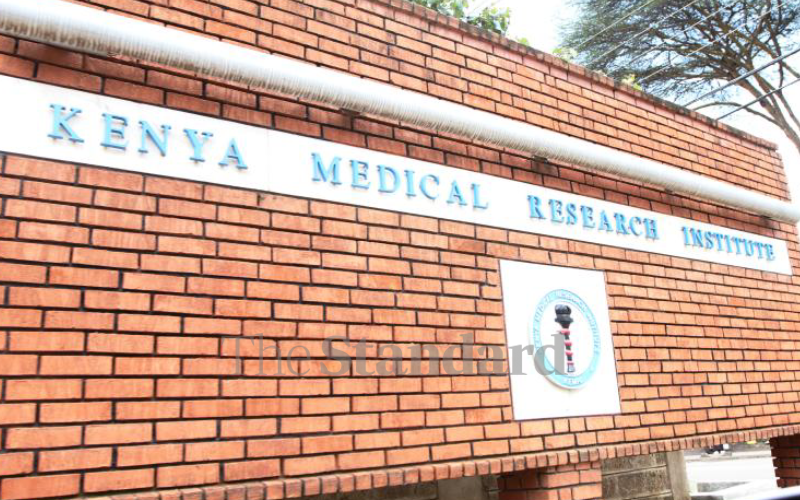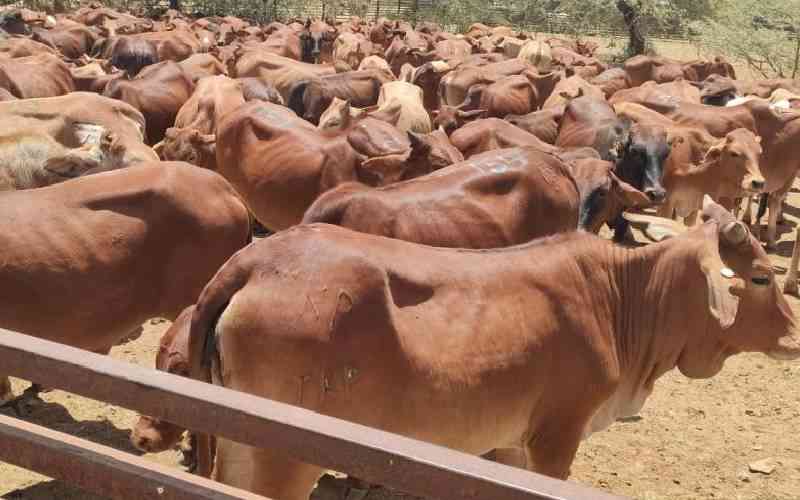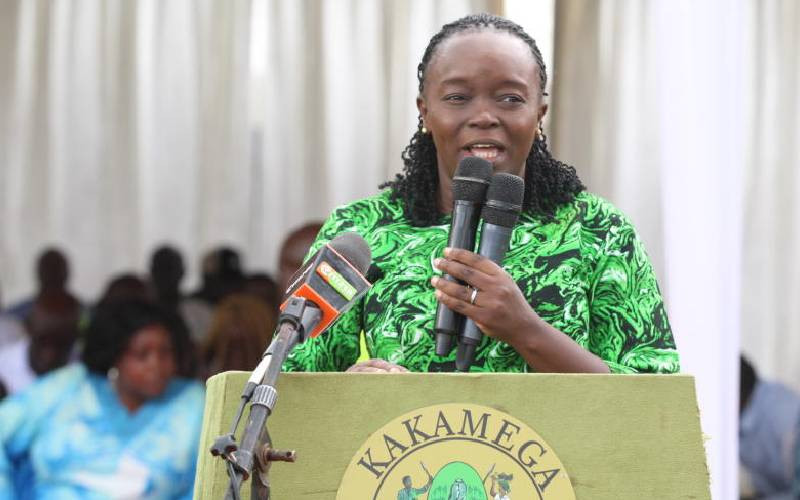
At least 25 million people suffer from one or more neglected tropical diseases (NTD), despite the country's efforts to eradicate the illnesses.
A majority of these people are poor and cost millions of shillings in lost productivity. To eliminate the diseases, there is a need to invest in treatment and management.
Data from the Ministry of Health shows Kenya, like other African countries, has reported 16 of the 20 listed neglected tropical diseases.
The ministry reports that endemic NTDs are most prevalent in rural areas where there is little access to sanitation and clean water. In addition, there is lack of quality and affordable health care.
Speaking during the World NTD Day celebrations in Kisumu, Dr Wyckliff Omondi, head of the Division of Vector-Borne and Neglected Tropical Diseases at the Ministry of Health, outlined key achievements made in the last ten years in the fight against NTDs. Dr Omondi represented Health Cabinet Secretary Susan Nakhumicha at the event.
He said the Ministry of Health has developed a number of key strategic documents.
These documents guide the nation toward controlling, eliminating, and eradicating endemic neglected tropical diseases.
So far two strategic plans have been implemented. The first master plan for neglected tropical diseases lasted from 2011-2015 and the second from 2016-2020.
- Why that negative HIV test result could actually be positive
- Human cases of bird flu 'an enormous concern': WHO
- WHO: Liberia, Benin, Sierra Leone roll out malaria vaccine
- Pandemic Treaty in final stretch amidst rift between rich and poor nations
Keep Reading
Another third master plan is about to be launched for implementation for the year 2023-2027.
In between, the ministry developed some other key disease-specific strategic documents namely the breaking transmission strategy for preventive chemotherapy of neglected tropical diseases 2019-2023 and also a guideline on control of Visceral leishmaniasis (VL), also known as kala-azar.

"Apart from this we work very closely with the endemic counties to ensure implementation of what is in the strategic document," he said.
In 2018, the country was declared free of Guinea worm disease (GWD) and is now looking towards being certified free of Onchocerciasis, commonly known as "river blindness" and African Trypanosomiasis, also known as "sleeping sickness", by the year 2025.
In addition, the country has also been upscaling treatment interventions for two NTDs; Lymphatic filariasis is spread by infected mosquitoes in the coastal region and blinding trachoma in 12 arid and semi-arid counties.
These two NTDs we are hoping will be certified free by the year 2027, which will bring a total of about four NTDs to be eliminated within 2021-2030. WHO calls us to eliminate at least one so we have about four to be eliminated.
Despite the above strides, Omondi said significant challenges still stand in the way of the intended goals. He cited climate change which has resulted in an increase in vector-borne diseases. Further threats include transmission of zoonotic diseases to humans, cross-border collaboration, inadequate housing, safe water and sanitation, and low domestic financing.
"The burden of NTDs has had a direct negative impact on the economy," he said.
The diseases affect children's nutrition and cognitive development as well as their ability to attend school.
NTDs prevent adults from being able to work. In the long-term, chronic manifestations of NTDs lead to disability and impairment," said...
World Health Organization (WHO) defines NTDs as a diverse group of 20 conditions that are mainly prevalent in tropical areas, where they affect more than 1 billion people living in impoverished communities. They are 'neglected' because they are almost absent from the global health agenda.
Maurice Odiere, Head NTD unit, KEMRI-CGHR reinforced the day's theme of Act Now, and Together to maximize gains and progress towards elimination of NTDs.

"I wish to call on all stakeholders to walk together to accomplish our 2030 goals and SDGs. We owe this to our future generations - we must do it," Odiere said.
Dr Meshack Ndirangu, Country Director, Amref Health Africa in Kenya, vouched for primary health care and data
It is not about the disease, but about the 1.7 billion people that health systems have overlooked.
"We have embraced a multi-sectoral approach which is core to making primary health care work, and which is core to ending NTDs," he said.
According to county health executive Dr Gregory Ganda the most affected areas were in Ogenya and Singida beaches in Nyando. The areas are prone to flooding which result in poor sanitation.
 The Standard Group Plc is a multi-media organization with investments in media platforms spanning newspaper print
operations, television, radio broadcasting, digital and online services. The Standard Group is recognized as a
leading multi-media house in Kenya with a key influence in matters of national and international interest.
The Standard Group Plc is a multi-media organization with investments in media platforms spanning newspaper print
operations, television, radio broadcasting, digital and online services. The Standard Group is recognized as a
leading multi-media house in Kenya with a key influence in matters of national and international interest.











